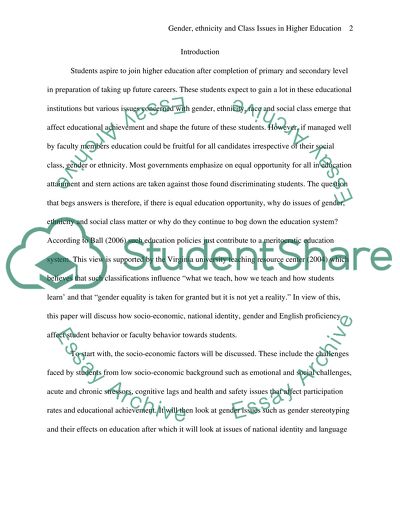Cite this document
(“Gender, ethnicity and social class issues in higher education Essay”, n.d.)
Retrieved from https://studentshare.org/education/1465830-gender-ethnicity-and-social-class-issues-in-higher
Retrieved from https://studentshare.org/education/1465830-gender-ethnicity-and-social-class-issues-in-higher
(Gender, Ethnicity and Social Class Issues in Higher Education Essay)
https://studentshare.org/education/1465830-gender-ethnicity-and-social-class-issues-in-higher.
https://studentshare.org/education/1465830-gender-ethnicity-and-social-class-issues-in-higher.
“Gender, Ethnicity and Social Class Issues in Higher Education Essay”, n.d. https://studentshare.org/education/1465830-gender-ethnicity-and-social-class-issues-in-higher.


